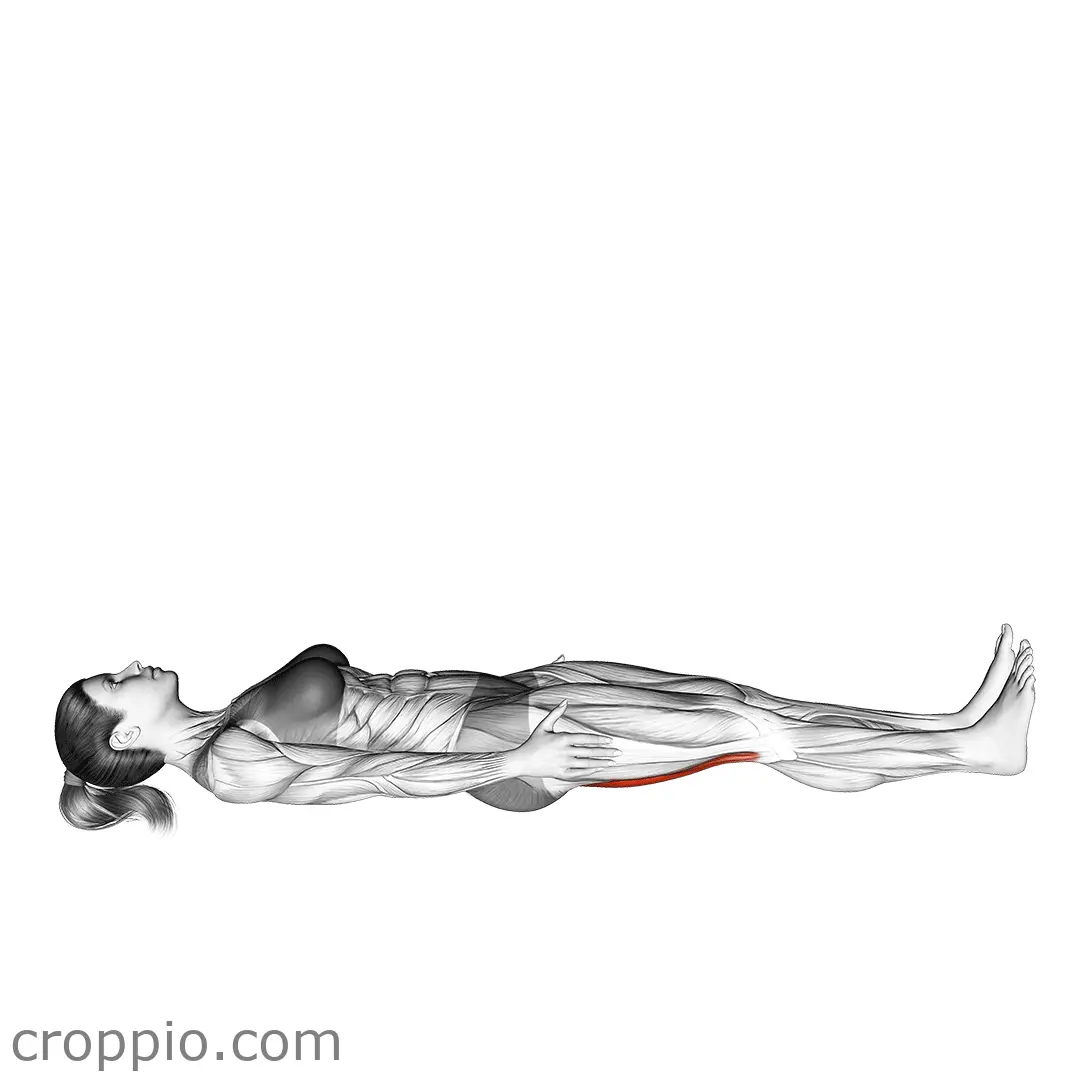Hamstring Wall Stretch

Muscles Involved
The hamstring wall stretch primarily targets the hamstring muscles, which consist of three muscle groups: the biceps femoris, semitendinosus, and semimembranosus. These muscles run along the back of the thigh, playing a crucial role in knee flexion and hip extension. Additionally, this exercise engages the gastrocnemius muscle in the calf, as it also extends across the knee joint. Secondary muscles that may be involved include the glutes and lower back muscles, providing support and stability during the stretch.
Top Mistakes
- Rounding the back: Many individuals inadvertently hunch or round their backs, reducing the stretch's effectiveness.
- Forced range of motion: Going too deep into the stretch without proper flexibility can lead to strain or injury.
- Neglecting the opposite leg: Focusing only on one leg can create muscle imbalances if the opposite hamstring isn’t adequately stretched.
- Holding the stretch for too briefly: A common mistake is not holding the position long enough to reap the benefits of the stretch.
Execution Tips
- Start with a comfortable distance from the wall, ensuring that both legs can be stretched without strain.
- Place the heel of one foot against the wall while keeping the leg straight and the toes flexed upward.
- Keep your back straight and hinge at the hips, leaning forward gently to avoid rounding your spine.
- Engage your core to maintain stability and support your lower back during the stretch.
- Hold the position for 20-30 seconds, breathing deeply to enhance relaxation and maximally elongate the muscle.
Workouts
The hamstring wall stretch can be effectively integrated into a workout routine as part of a cool-down or flexibility session. It is advisable to perform the stretch after workouts targeting the legs or lower body. Incorporate it in the following way:
- Perform 3 sets per leg, holding each stretch for 20-30 seconds.
- Follow this stretch with complementary exercises such as quadriceps stretches, calf raises, and hip flexor stretches for overall leg flexibility.
- To enhance overall muscle length, include dynamic stretches or foam rolling before workouts.
Conclusion
The hamstring wall stretch is an effective and simple exercise that improves flexibility in the hamstrings and reduces tension in the lower body. By enhancing the range of motion and aiding in recovery, this stretch can be beneficial for athletes and those who sit for extended periods. Incorporating this stretch into your routine not only promotes better movement patterns and athletic performance but also decreases the risk of injuries associated with tight hamstrings.



